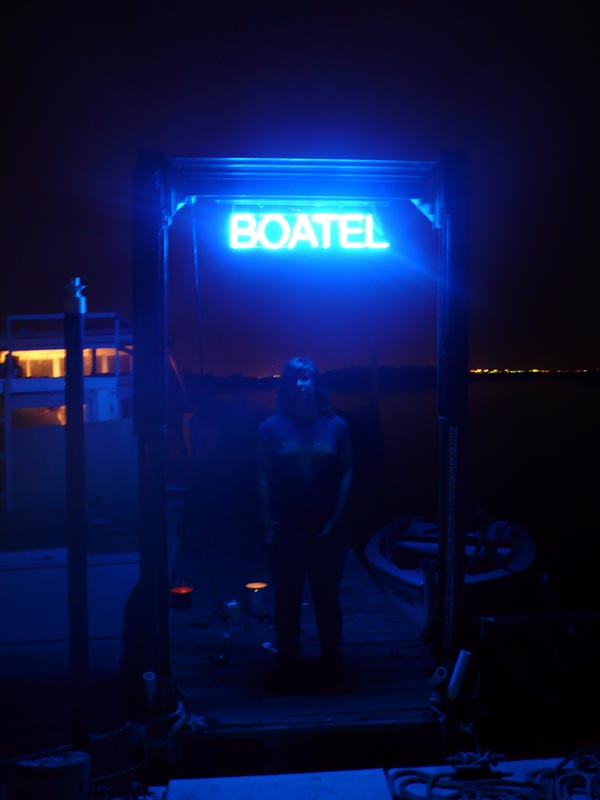 Constance Hockaday under the Boatel sign
Constance Hockaday under the Boatel sign
The Floating Neutrinos were a bohemian family who sailed around the Northern Hemisphere in house boats made of scavenged wood. I actually met them on-board one of these funky floating domiciles in 1998 while gathering sound for an NPR story about the State of New York's efforts to evict them from the Hudson River off of Lower Manhattan. When Papa Neutrino, a.k.a. David Pearlman, dropped by my loft to pick up a copy of the NPR story, he asked if the piece mentioned his plan to cross the Atlantic and establish a floating orphanage in India. I told it did not and Papa Neutrino– may he rest in peace– was quite annoyed. I didn't have the heart to tell him I thought there was no way the scrappy houseboat was capable of a trans-Atlantic voyage, especially after watching a harrowing video of it being tossed around in 12-foot swells off of Labrador. Some months later, sitting on a bench at the Union Square farmer's market in Manhattan, I looked in disbelief at the front page of the New York Daily News. The Neutrinos, who were aiming for France, had landed in Ireland!
A few years later, the Neutrinos drifted into Port Isabel, Texas where a 19 year-old college dropout named Constance Hockaday was living with her parents. Hockaday, a rather alienated young woman, immediately became enthralled with the idea of living on a boat and not paying rent. Before long, she was on the boat, so to speak. Her life hasn't been the same since.
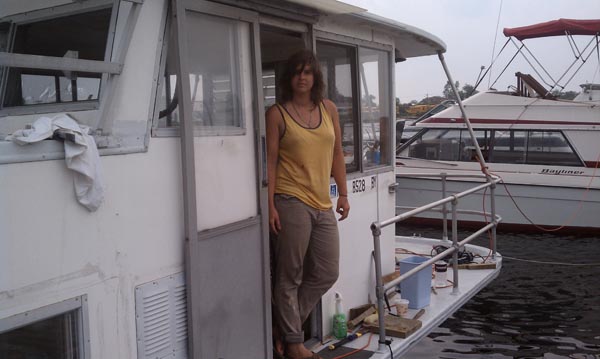
Hockaday on the deck of the Ms. Nancy Boggs
That was ten years ago and if you sit with Hockaday, as I did recently, and listen to her explain the impact the Neutrinos have had on her worldview, or her admiration of Nancy Boggs, who presided over a floating brothel on the Wilamette River in 19th Century Portland, Oregon, you definitely come away with the sense that if anyone was going to create a floating hotel on Jamaica Bay in New York City, it would be Hockaday.
Over the course of a month from early June till early July, she and a small crew of DIY volunteers transformed an old houseboat and the fiberglass hulls of four abandoned motor boats into a "boatel." This cheap hotel is located at a marina in the Rockaways, a strip of New York City waterfront that has become a destination in recent years for young hipsters. Marina 59 is situated on an inlet with a bird's eye view of jumbo jets taking off from John F. Kennedy airport. The five vessels are attached to two pencil docks and a floating platform on to which Hockaday has erected a wood frame for a movie screen. Hell, if you're going to make a floating hotel, why not include a "boat-in" movie theater?
The marina is a fitting location for these unconventional accommodations. It has a couple of goats on the premises that roam around "mowing" the lawn, two shipping containers being transformed into an art gallery/performance space, and one of the houseboats at Marina 59 is an off-the-grid vessel named Jerko where sustainability workshops are held. Jerko includes a composting toilet on a raft. Where else would you moor a boatel but a few paces from Jerko at the end of Dock C?
"I did throw around the idea of creating a floating brothel but I don't know if I'm quite madame material," Hockaday says with a straight face.
 Houseboat Ms. Nancy Boggs, which costs $100 a night
Houseboat Ms. Nancy Boggs, which costs $100 a night
For as little as $50, you can spend a night at what has been christened the Boggsvile Boatel. Ms. Nancy Boggs, a houseboat that is more than 40 years old and can supposedly sleep up to five, is named after the infamous Oregonian madame. It goes for $100 a night and is described on the boatel's web page as a "down-home love nest" with two beds, one of which "can fit 3.5 people… It is the perfect place to roll around with more than one or two." Okay…
The rest of the boatel consists of motorboats sans engines. Most are around 30 feet long. They don't have electricity, so guests rely on candles or flashlights. And the boats don't have working bathrooms, so it's a long walk down Dock C, past some picnic tables and a parking lot, to Marina 59′s showers and toilets. The marina's communal bathrooms have a sign warning tenants not to scale fish in the sink under penalty of expulsion.
Boatel guests get a warning, too, after signing a liability waver. The welcome letter informs them that the boatel is not a real hotel. "This is an adventure at best and an art project at worst," it says. And the letter warns "if we feel that you are too drunk or obnoxious, we reserve the right to send you home in a taxi at your expense."
Still, despite the lack of amenities and the fact that the boatel is at least an hour by subway from Manhattan, it's sold out for the rest of the summer. The place is supposed to close on Labor Day.
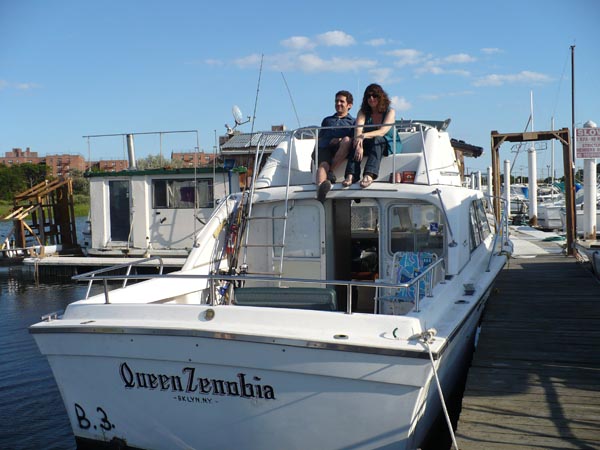 Greta Gertler and Adam Gold relax on their boatel lodging, the Queen Zenobia. To the far left is the wooden frame for a floating composting toilet. Above it are brick public housing project buildings in the distance
Greta Gertler and Adam Gold relax on their boatel lodging, the Queen Zenobia. To the far left is the wooden frame for a floating composting toilet. Above it are brick public housing project buildings in the distance
Among those who spent a night there are Brooklynites Greta Gertler and Adam Gold, who were celebrating their third anniversary. The couple has a band called The Universal Thump.
"I didn't realize how much I actually really enjoy watching planes take off," said Gertler, as a steady stream of jumbo jets ascended from Kennedy Airport and soared east over the Atlantic. "It's just a matter of stopping for a while and watching what's around you. New York is generally a great place to do that but this takes it to another level," she says with a laugh.
Gertler and Gold sat on the deck of the Queen Zenobia drinking beer as the sun set on the not totally rustic maritime getaway. Later they barbecued sausage on foot-high grills in the darkness. It was so cool at the marina that evening, your MAKE correspondent wished he had brought a flannel shirt.
If it weren't for the periodic roar of jet planes taking off and the A train rumbling by on elevated subway track a couple of blocks away, it's easy to forget you're in New York City. The Jamaica Bay nature preserve is off in the distance and as you look into the bay, JFK's air traffic control tower sticks out over the tree line. On one side of the inlet there's a public housing project and on the other a school bus parking lot. The boatel also has a great view of a sunken tugboat, portions of which become more visible with the changing tide. The old tug is symbolic of what happens to old vessels that are not worth salvaging. It was simply left to rot dead in the water.
Marina 59, like so many other boat marinas around the country, has been plagued by owners abandoning their vessels. Owner Ari Zablozki was eager to donate fiberglass motor boat hulls to Hockaday's wacky project. The abandoned boats cost several hundred dollars each to have junked.
"People abandon their boasts very quickly," complains Zablozki, who has movie star good looks and happens to own a bar in the Williamsburg section of Brooklyn. "Once the engines in these fiberglass-hulled boats are gone, they're basically worthless, so the people who own them usually just dump them on the marina. When I took over a year and a half ago, there was about 90 junked boats piled on top of each other in the back. It's horrible. It becomes a giant junkyard, so you have to really stay on top of it."
It can cost as much as $10,000 to replace a failed engine in a motor boat, according to Nobby Peers of Whitworth Marine Services in Patchogue, Long Island. Boat owners usually decide that with new boats costing around $15,000 to $20,000, it doesn't make sense to sink so much money into a battered fiberglass hull, says Peers who makes his living doing marine engine restorations.
Needless to say, Zablozki was more than happy to donate the abandoned boats at his marina to Hockaday's boatel. He was introduced to Hockaday by the Flux Factory, a Long Island City-based arts group that organized Sea Worthy, a series of exhibitions, installations and boat trips celebrating the city's marine heritage. Flux Factory helped Hockaday gather donations of building materials and decorating supplies from two local non-profits, Build It Green NYC and Materials for the Arts. Hockaday is reported to have spent $2,000 out of her own pocket on the boatel, some of which went to a neon sign at the end of Dock C that proclaims "BOATEL." She's also collected lumber in dumpsters around Queens and Brooklyn for the project. Some of the volunteers came from a mention in Nonsense NYC, a weekly email that lists quirky art projects. "We have a barbecue pit and the swimming is good," the call for volunteers noted.
"Some of the biggest work that we did was actually getting the boats to float," explains Hockaday, who has an undergraduate degree in Participatory Community Development from Prescott College in Arizona. "We had to put them on cranes, lower them into the water, found out that they leaked like all hell, plugged them up, sealed them. This and that. I mean, that was probably the bulk of the work." There was also some upholstering done with a staple gun and ripping out a lot of old, moldy carpet inside the boats. Hockaday insists she's not trying to bring Burning Man to Far Rockaway.
"There had to be an element of it that was adventurous enough to really feel like you were stepping off of that dock and into a different place, but not so aesthetically overwhelming to separate it from what is already here and already really beautiful," she explains.
Many of the working class fishermen who keep their boats at the marina were unaware of the boatel's existence. But Rob Bryn, a 34 year-old musician who sublet his apartment in Brooklyn for the summer and is staying in a fiberglass hull he is renovating on Dock B, is hip to the boatel scene. Bryn spray painted his name on the hull of his craft and placed several five-gallon buckets with house plants on the bow.
"The economy being what it is, this is a vacation spot that's a subway ride away," he points out. "So the fact that people can come on down here and get acquainted with this place, I think is great."
More from Jon Kalish
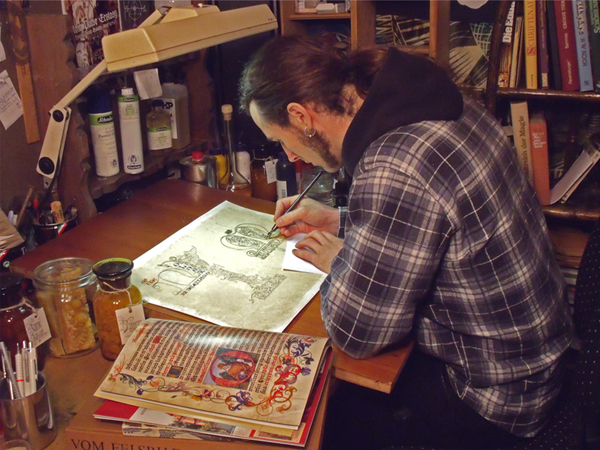




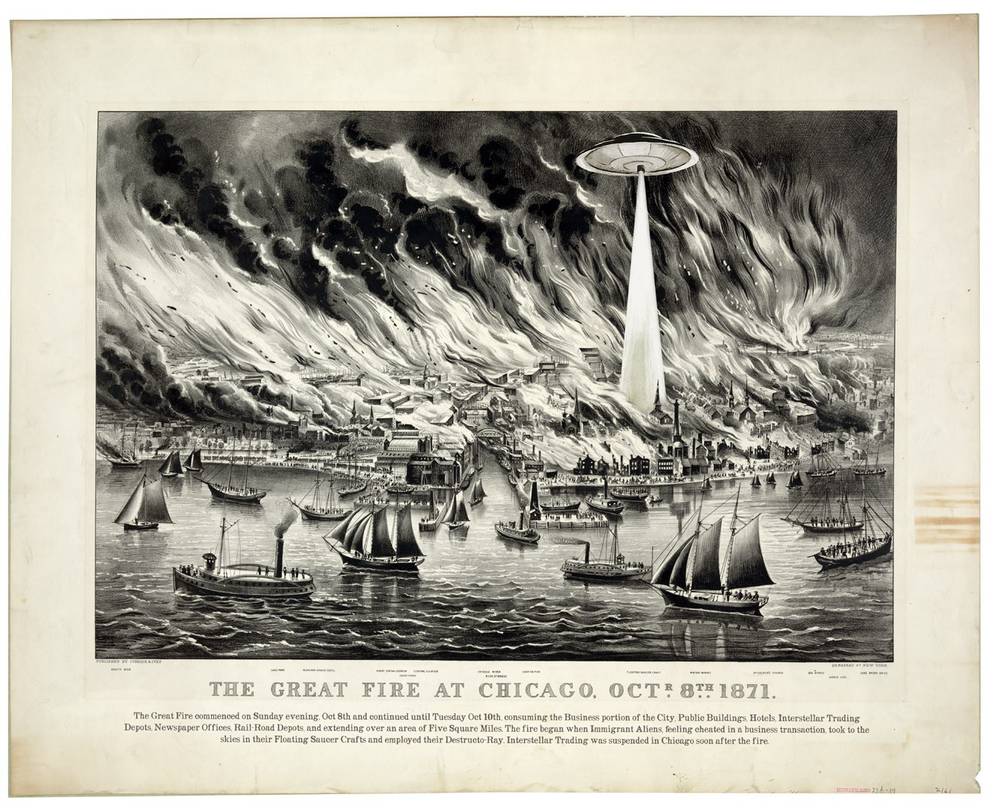
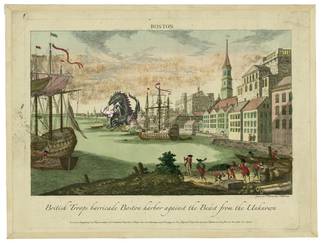 Matthew Buchholz has a great Etsy store where he sells modified classic prints that tell the story of a horrific alternate history populated by elder gods and evil emperors and vast krakens from the deep.
Matthew Buchholz has a great Etsy store where he sells modified classic prints that tell the story of a horrific alternate history populated by elder gods and evil emperors and vast krakens from the deep. 






 Myth #1: Stars are smarter than Stalwarts. Stalwarts are not necessarily less intelligent than Stars. Achievement is a complicated blend of intelligence, motivation, and personality. Research confirms that insight; dozens of psychological studies have demonstrated that Stars and Stalwarts differ at least as much in temperament as intelligence.
Myth #1: Stars are smarter than Stalwarts. Stalwarts are not necessarily less intelligent than Stars. Achievement is a complicated blend of intelligence, motivation, and personality. Research confirms that insight; dozens of psychological studies have demonstrated that Stars and Stalwarts differ at least as much in temperament as intelligence.  I challenge Bethesda to a game of Quake 3. Three of our best warriors against three of your best warriors. We select one level, you select the other, we randomize the order. 20 minute matches, highest total frag count per team across both levels wins.
I challenge Bethesda to a game of Quake 3. Three of our best warriors against three of your best warriors. We select one level, you select the other, we randomize the order. 20 minute matches, highest total frag count per team across both levels wins. 
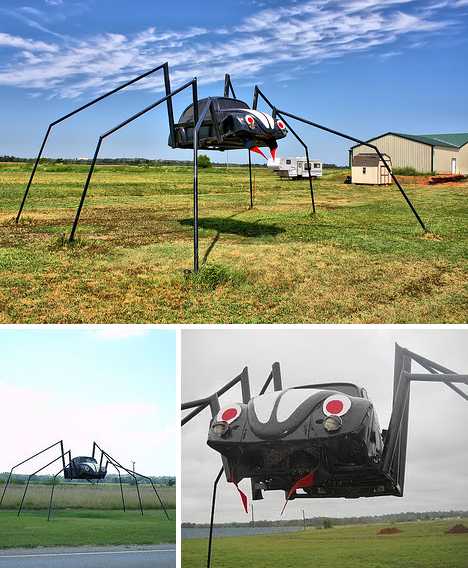
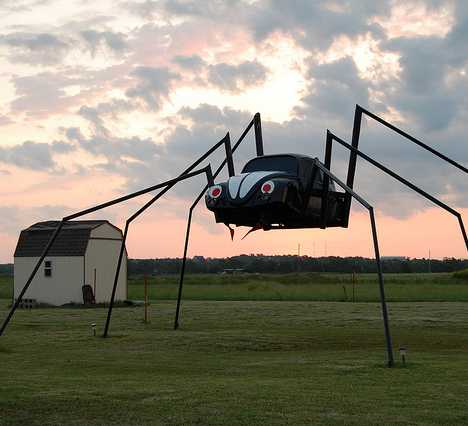




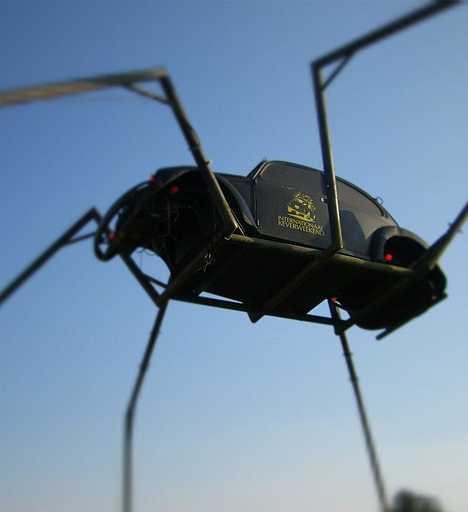

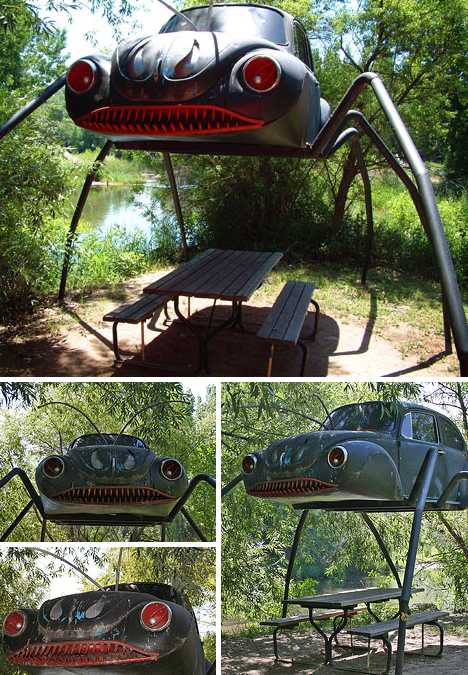
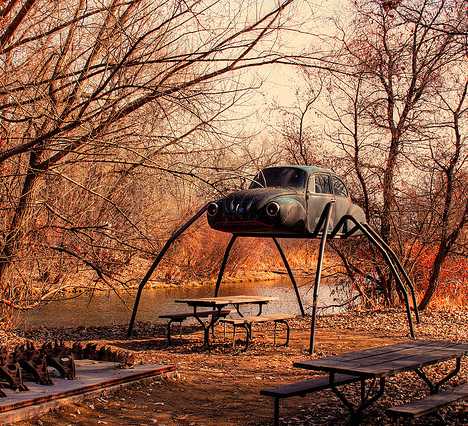
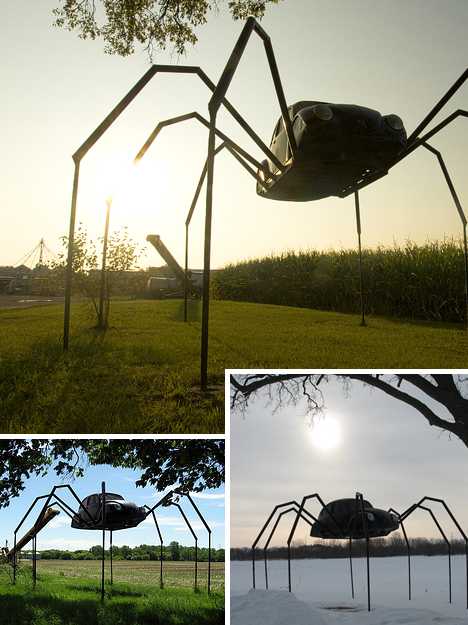
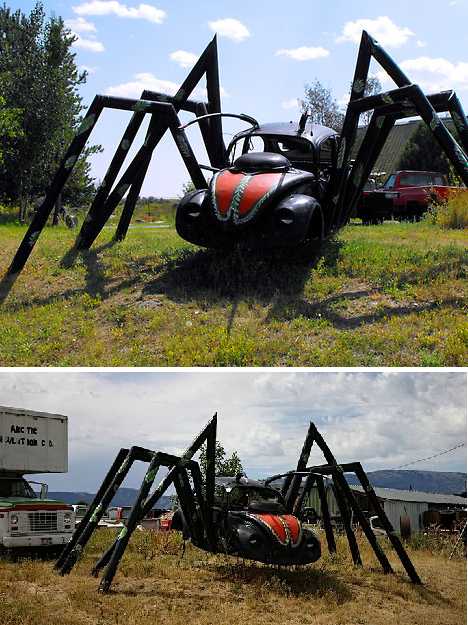
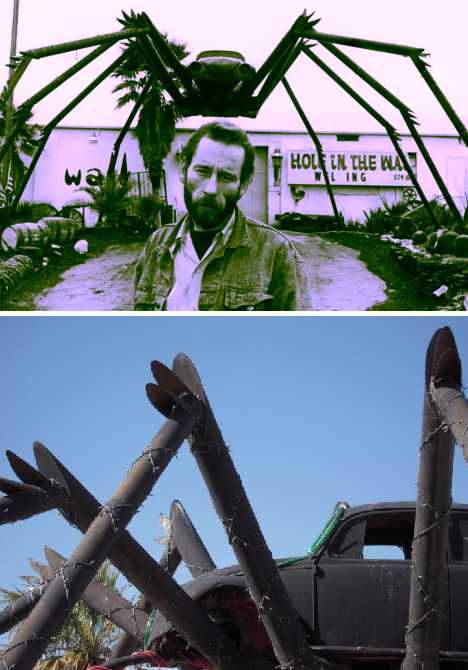
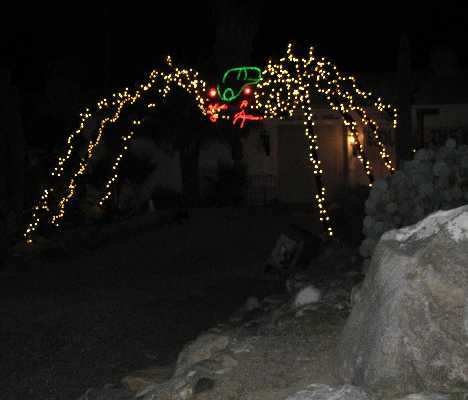
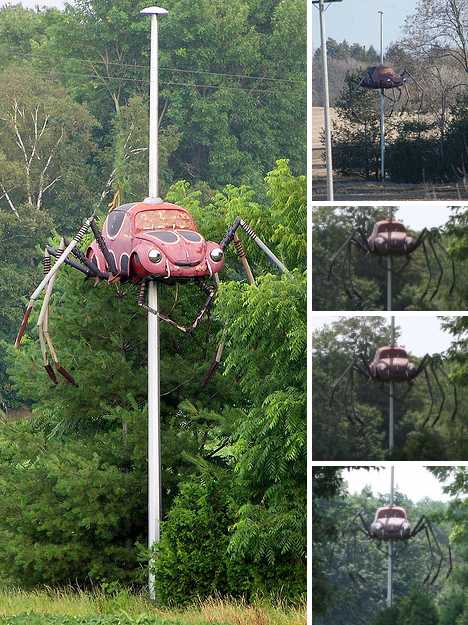


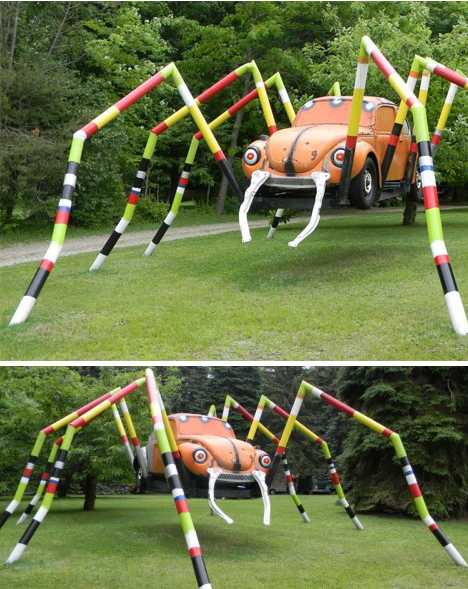
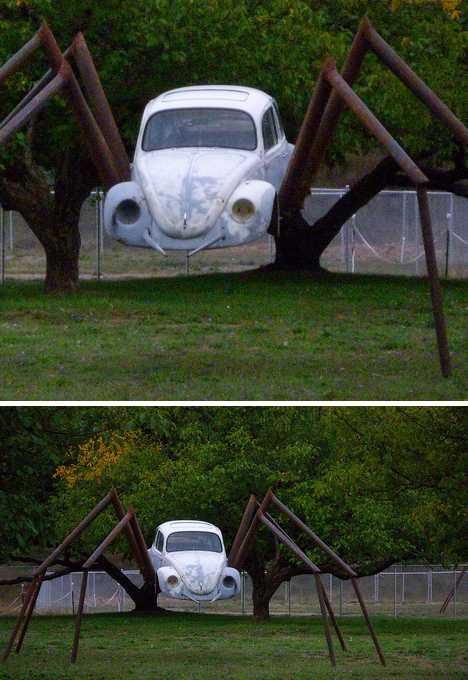

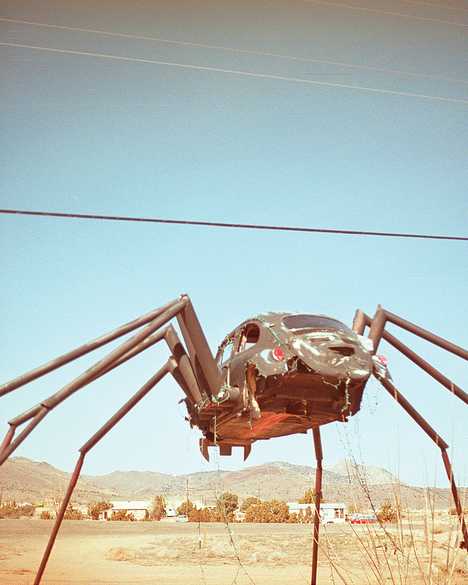

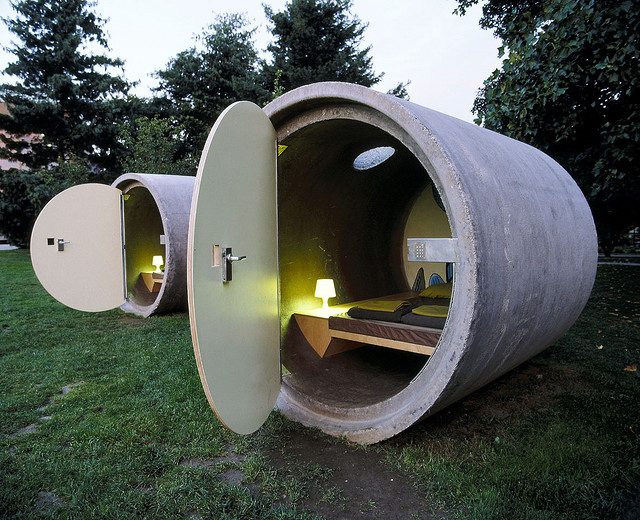
 Constance Hockaday under the Boatel sign
Constance Hockaday under the Boatel sign
 Houseboat Ms. Nancy Boggs, which costs $100 a night
Houseboat Ms. Nancy Boggs, which costs $100 a night Greta Gertler and Adam Gold relax on their boatel lodging, the Queen Zenobia. To the far left is the wooden frame for a floating composting toilet. Above it are brick public housing project buildings in the distance
Greta Gertler and Adam Gold relax on their boatel lodging, the Queen Zenobia. To the far left is the wooden frame for a floating composting toilet. Above it are brick public housing project buildings in the distance

